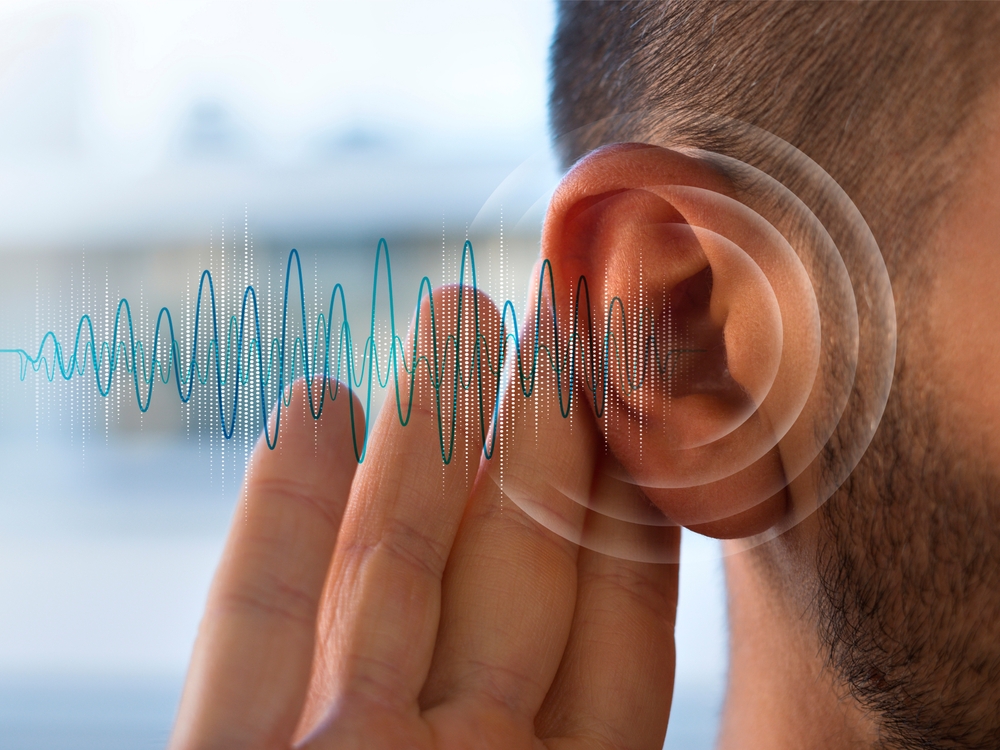Everyone knows it’s a good idea to protect your hearing. Yet much of the advice you hear on hearing protection is just plain wrong.
It’s true…some will be good advice, based on proven techniques and life strategies. But other things you hear may be based on misunderstanding or misinterpretation of scientific studies. This kind of advice can be harmful no matter how well-intentioned the advice-giver.
Here are some of the most harmful misconceptions about hearing protection out there. Which ones have you heard?
Myth: Hearing protection is a no-brainer.
At first, it can seem that way. If you work in a profession where hearing is at risk, you know to wear earmuffs or earplugs. That much is clear. You see the signs everywhere. But you might be surprised just how many people aren’t wearing this hearing protective gear correctly. They think they’re protected when they aren’t. That makes things so much worse.
Because many employers think this is a no-brainer, they might fail to teach you how to properly use your protective hearing devices.
Putting in earplugs correctly is actually tricky. They must be almost all the way in the canal. If someone can see orange foam hanging out the sides of your head when you’re facing them, you’re not wearing them correctly.
To use them properly, roll them. Then stretch the top of the ear up. Push it into the ear. Hold the earplug in the ear and count to 20. This allows the foam to expand again and create a seal, which protects your hearing.
Myth: All earplugs & muffs are the same.
This couldn’t be further from the truth. Earplugs and earmuffs have a rating that approximates how much protection you’re getting. It’s called an NRR. The protection ranges from 20-33.
If you work in a noisy place, it’s not about whether you wear protection. It’s how much protection you have. You need to know whether it’s enough for your work environment.
Hearing loss can occur if you work 8 hours above 85 decibels. That’s around the volume of a person yelling at the top of their lungs.
The higher the NRR rating is, the better your protection, but it’s not an intuitive rating system. For example, if the NRR rating is 20, it doesn’t reduce your exposure by 20 decibels. Check to make sure your hearing protection has a rating high enough to counter the negative effects of your hearing environment.
Myth: Partially removing ear protection protects your hearing while letting you hear coworkers.
A person speaking in a loud-normal voice, like the one you might use in a noisy workplace, will speak at about 55-65 decibels. When using protective gear correctly, this should sound like a whisper, which is around 35 decibels. If you can hear your coworker at more than a whisper, your ears are not protected.
Hearing protection is an all-or-nothing type of device. Don’t partially remove it to hear another coworker.
Myth: Earplugs plus earmuffs equal double the protection.
In some very noisy environments, you may need to wear earplugs and earmuffs to protect your hearing. But determining your protection isn’t as simple as adding the NRR rating of each device. For example, a 26 NRR plug plus 34 NRR muff equals 41 decibels of protection. Read the fine print on actual decibels of protection and make sure the hearing protection is enough.
Myth: If you wear hearing protection, you won’t be aware of safety alarms.
In risky work environments, government agencies require employers to take precautions to prevent dangerous situations. For example, all alarms, buzzers, and warnings must be at least 5 decibels louder than your hearing level with protection. In addition, facilities use flashing lights and other methods to alert you of potential danger.
It is, however, important to realize that you are at increased risk of injury when you can’t hear. Stay alert and aware of your surroundings.
Myth: Hearing loss is inevitable in certain occupations.
Hearing loss is very common in certain professions like:
- Factory work
- Mining
- Aircraft Personnel
- Steel working
- Bar/Club/Concert Professional
But don’t assume it’s a foregone conclusion that if you work in one of these fields, you’ll lose your hearing. You can and should take precautions. Hearing protection can make a difference.
Are you starting to notice hearing loss? It’s time to get a hearing test to find out where you stand. Speak with a hearing specialist about your job and the measures you’re taking. Learn about solutions like hearing aids for those who are already living with hearing loss.



